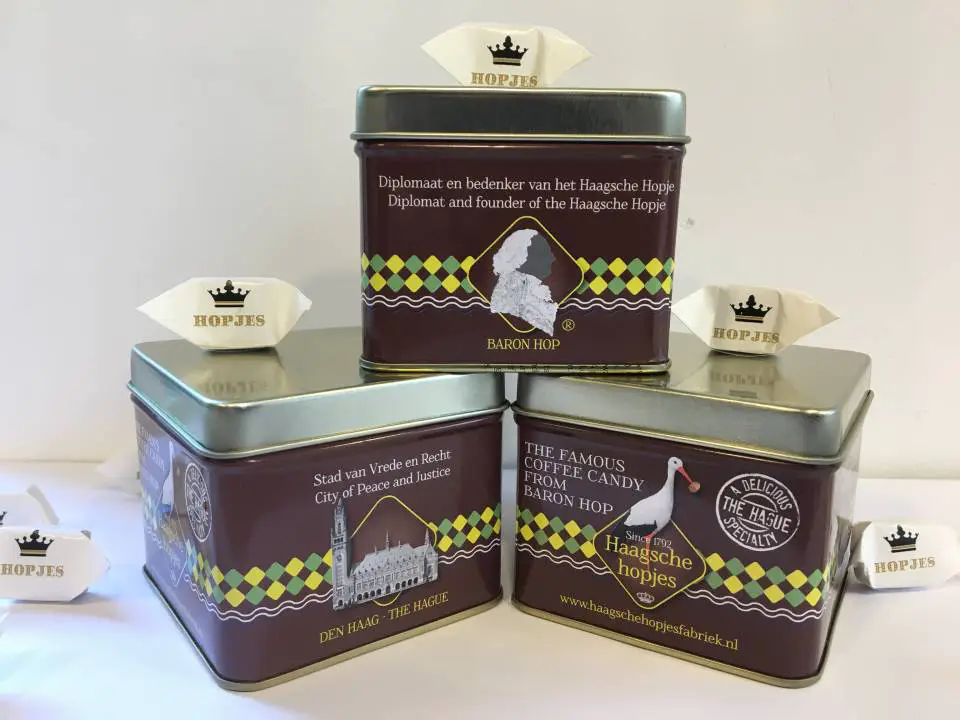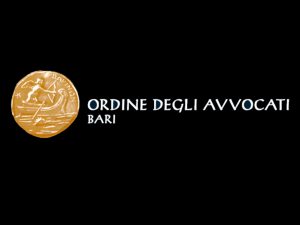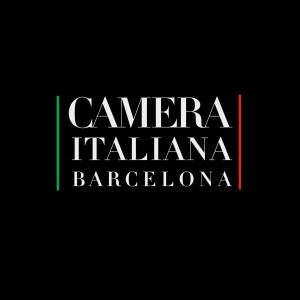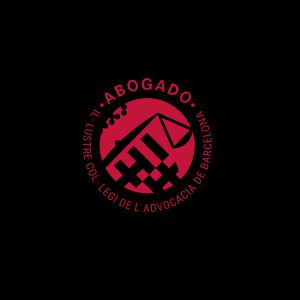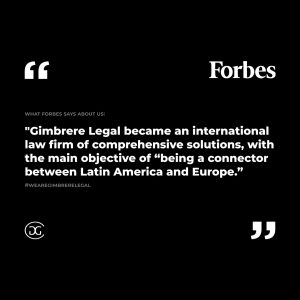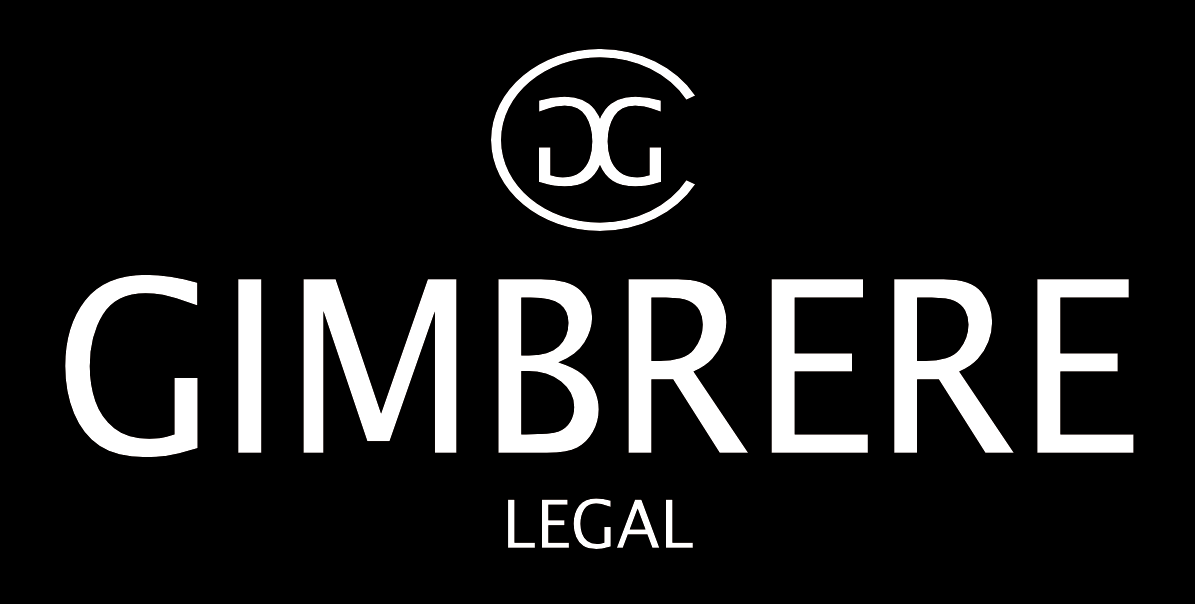Have you ever tried these delicious and traditionals candies from Den Haag? Read this full story about the beginnings of Haagse Hopjes! We bet you saw them in every reception or local spots in the city!
We are going to talk about Baron Hendrik Hop, the man behind this famous coffee bonbon. The history of the Hague hopje begins in the 18th century, at 92 Lange Voorhout in The Hague. There the candy was discovered by chance. Baron Hendrik Hop, diplomat and also a great coffee lover, left half a cup of coffee with lots of cream and sugar on the stove one evening. That’s how the story goes. The next morning the coffee had turned into a hard lump. The Baron tasted the leftover coffee and found out that it was very tasty.
Coincidentally, Baron Hop lived near and later above the famous Van Haaren pastry shop. The baron asked Theodorus van Haaren to make sweets based on coffee, cream and sugar. No sooner said than done. Van Haaren set to work with it and created a recipe for ‘Swarte Oostervogtbokken’. Square, hard sweets made from coffee and lots of sugar and milk. Later they became the chunks or bonbons of Baron Hop. As a diplomat, Baron Hop entered the higher circles of Europe, among royal houses and the well-to-do. He gave them these “Hopjes” as a gift during his travels. The sweet quickly became popular with monarchs, diplomats and nobility.
The sweet 18th century
The Hopje became increasingly popular and many bakers started making Haagse Hopjes themselves. What probably helped the popularity was that sugar and coffee became accessible to more and more people. In the eighteenth century, a lot of sugar was eaten. Breast plate was popular, as were candies made from boiled down, dried and sweetened fruit. The sugar used was cane sugar and came from the plantations in the Caribbean. So that was not for everyone. But in the nineteenth century, sugar from sugar beets was discovered. This made sweets not only something of the elite, but also accessible to the middle class and the working class.
Hop war
In the nineteenth century there were about sixty hops producers. With that popularity came controversy. The first confectioner was Van Haaren. Pieter Nieuwerkerk, Van Haaren’s son-in-law, took over the company from his father-in-law over the years. The bakery struck gold with the invention of the hops. But because the product could not be legally protected, privateers soon appeared on the coast. A true hopscotch war broke out, resulting in countless lawsuits. J.P. Rademaker, one of Nieuwerkerk’s biggest competitors, started producing the hops in a factory and took a smart marketing approach. He decided to wrap the candies in paper wrappers. The consumer was thus plainly informed that he was dealing with ‘the one and only Haagsche hopjes’. Eventually, the Nieuwerkerk company went under due to various circumstances, such as the economic crisis and the war. Rademaker took over production. In 1989, the Advertising Code Committee decided that no one hop should be called the ‘one and only’ anymore,
Initiator: Jan van der Laan
Rademaker came into the hands of Leaf, parent company of Venco and Red Band, in 1999, and production went via Breda and Etten-Leur to Sneek. Leaf then merged with Cloetta in Sweden, which moved production to Cremona in Italy. An average of just under forty million Hopjes are made there each year. “That should go back to The Hague”, thought initiator Jan van der Laan, former estate agent and police officer. He started the Haagsche Hopjesfabriek, an initiative to “bring this cultural and industrial heritage back to The Hague.” That’s not easy: “YYou don’t just build a hops factory from the ground up.” So he started designing his own Hague can and found a manufacturer in Belgium who could make Hopjes for him. His Hopjes can be found at the bakery of his brothers-in-law Hans and Frans Hessing and at the tourist information offices. But Van der Laan’s ambition does not stop there. He would like to have a Hopjesmuseum in Hofstad again. It was there before, but had to close its doors in 1998. “It’s not even about the candy itself, there’s so much more to it. The battle between the manufacturers, the history of the Hop family, who were active diplomatically for a century and a half. It really is a piece of heritage. Van der Laan would also like to see a statue of the baron on the Lange Voorhout. “Let him be a representative of The Hague!”
